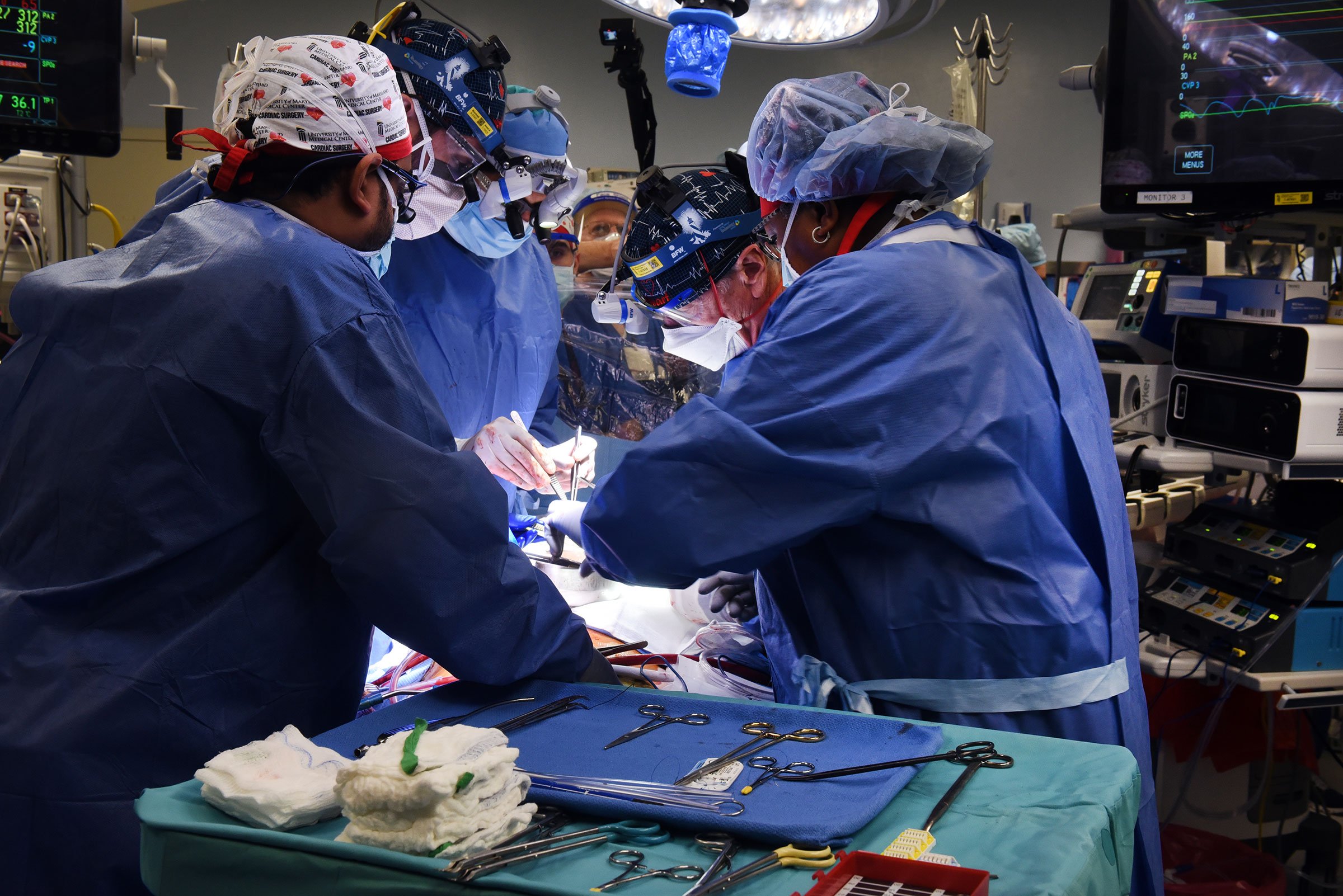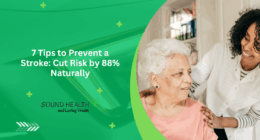Amyotrophic lateral sclerosis (ALS), also known as Lou Gehrig’s disease, is a progressive neurodegenerative condition that affects nerve cells in the brain and spinal cord. While it is often considered rare, the early symptoms are frequently overlooked—especially in women over 50—because they tend to mimic other age-related conditions. According to Harvard neurologist Dr. Elaine Zhou, early identification and proactive lifestyle changes can make a significant difference in how the disease progresses and how other comorbidities, like type 2 diabetes, are managed or even avoided.
In this article, we’ll uncover subtle but critical early ALS warning signs every woman over 50 should be aware of. We’ll also explore how managing blood sugar and adopting healthy habits can contribute to better nerve health and potentially reduce the risk of neurological decline.

What Is ALS and Why Women Over 50 Should Pay Attention
ALS affects motor neurons—nerve cells that send signals from the brain to the muscles. As the disease progresses, these neurons deteriorate, leading to muscle weakness, coordination problems, and eventually paralysis. Although men have a slightly higher incidence of ALS, women over 50 are increasingly diagnosed later in the progression due to misattributing early symptoms to menopause, arthritis, or simple aging.
According to the ALS Association, approximately 20,000 Americans are living with ALS at any given time, and 90% of cases occur without any family history. Sabrina Paganoni, MD, PhD, Associate Professor at Harvard Medical School and physician scientist at the Healey & AMG Center for ALS at Massachusetts General Hospital. While it can strike at any age, the majority of diagnoses occur between ages 55 and 75—a time when many women are also juggling hormonal changes, lifestyle shifts, and undiagnosed metabolic issues.
Early ALS Symptoms Every Woman Over 50 Should Watch For
Dr. Zhou emphasizes that early symptoms of ALS are often subtle and gradual, which is why they’re commonly mistaken for normal aging. However, when these signs persist or progress, it’s crucial to consult a neurologist for evaluation.
Here are some of the earliest signs to watch for:
1. Frequent Muscle Cramps or Twitching (Fasciculations)
If you find your muscles—especially in your arms, legs, or shoulders—twitching involuntarily, it could be more than fatigue or dehydration. Persistent fasciculations, especially when they occur at rest, warrant further investigation.
2. Unexplained Weakness in Hands or Feet
Many women report trouble opening jars, holding objects, or tripping more often. While these could be symptoms of arthritis or neuropathy, in the context of ALS, they often appear first in extremities.
3. Slurred Speech or Voice Changes
One of Dr. Zhou’s patients, a 58-year-old woman, first noticed her voice becoming hoarse and slurred in the evenings. She initially thought it was fatigue, but later discovered it was bulbar-onset ALS, which affects the throat and facial muscles first.
Also Read | Venus Williams Reveals Painful Illness Behind Wimbledon Collapse
4. Difficulty Swallowing
Another subtle but telling sign is dysphagia, or trouble swallowing liquids or pills. This can be easy to dismiss, but when combined with other symptoms, it may signal early bulbar involvement.
5. Fatigue That Feels Different
General tiredness is common in midlife, but ALS-related fatigue often feels like muscle exhaustion even after minimal effort. If you’re sleeping well and still feel physically drained, don’t ignore it.
Why Preventing Type 2 Diabetes Can Also Protect Your Nerve Health
It may seem surprising, but there’s a growing body of research connecting type 2 diabetes and neurodegenerative diseases like ALS. Both conditions involve inflammation, oxidative stress, and nerve damage. While diabetes primarily affects peripheral nerves, the systemic inflammation it causes can compromise overall neurological health—including the motor neurons implicated in ALS.
A 2019 study in the journal Neurology found that individuals with type 2 diabetes were at a higher risk of developing ALS, particularly when the disease was poorly managed or when complications like neuropathy were present. Conversely, healthy blood sugar control appears to reduce the body-wide inflammation that exacerbates nerve damage.
That’s why preventing type 2 diabetes is not just about avoiding weight gain or cardiovascular disease—it may also serve as a long-term strategy for preserving neurological function and delaying or preventing neurodegenerative diseases.
How to Prevent Diabetes Naturally: 8 Easy, Science-Backed Tips
Maintaining stable blood sugar levels is key not only for diabetes prevention but also for reducing stress on your nervous system. According to Harvard Health and multiple clinical guidelines, these practical lifestyle changes can dramatically improve your metabolic health.
- Eat More Whole Fiber-Rich Foods: Fiber slows glucose absorption and keeps you full longer. Choose foods like lentils, oats, beans, and leafy greens.
- Limit Sugary Beverages and Processed Carbs: Sodas, fruit juices, and refined snacks spike your blood sugar quickly. Swap them for water, herbal teas, and whole food snacks.
- Exercise Consistently: A brisk 30-minute walk five times a week helps improve insulin sensitivity. Even resistance training twice a week is beneficial.
- Prioritize Sleep: Sleep deprivation affects hormone levels that regulate appetite and glucose. Aim for 7–8 hours per night.
- Manage Stress Levels: Chronic stress elevates cortisol, which impairs blood sugar regulation. Techniques like yoga, journaling, or simply walking outdoors help.
- Avoid Excess Alcohol: Alcohol can cause blood sugar swings. Limit intake to no more than one drink per day.
- Choose Healthy Fats: Opt for omega-3s and monounsaturated fats from sources like nuts, seeds, olive oil, and fatty fish.
- Get Regular Screenings: Routine blood tests for HbA1c, fasting glucose, and insulin resistance can catch issues early—even before symptoms appear.
Final Thoughts
For women over 50, understanding the overlap between conditions like ALS and type 2 diabetes can offer a more holistic approach to health. While ALS remains a devastating disease with no cure, early detection paired with metabolic health optimization may help slow its progression—or reduce the likelihood of its development altogether.
Dr. Zhou encourages women to advocate for their health by paying attention to subtle changes, requesting neurological screenings when something feels “off,” and making small but sustainable lifestyle changes to protect nerve function. After all, longevity isn’t just about living longer—it’s about maintaining the quality of life and independence for as long as possible.
Also Read | Katie Thurston Shares Cancer Update Ahead of Crucial Scan










